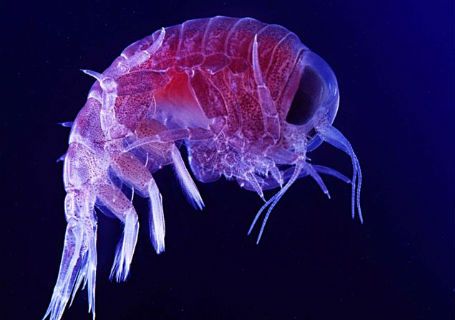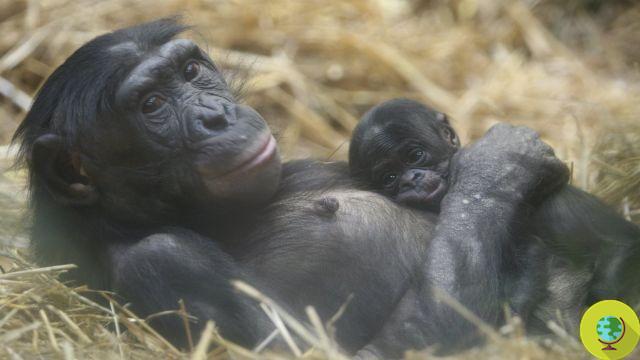New study shows for the first time that bees use a specific "sound" to communicate the presence of giant hornets
He is about to end up run over, his mother saves himNew study shows for the first time that bees use a specific "sound" to communicate the presence of giant hornets and defend each other
For the first time, researchers have been able to document the unique sounds that oriental bees (Apis cerana) make to alert their hive members to the presence of giant "killer" hornets - including a specific newly discovered “anti-predator whistle”. A team from Wellesley College observed that bees "sound the alarm" for their mates and push them to defend themselves from giant hornets (Vespa soror) that can destroy the entire colony: in practice, bees make specific sounds to a frenzied pace when the threat lies right outside their hive.
It is such a particular and characteristic signal that it is impossible not to associate it with the feeling of imminent danger. A practice, the one carried out by bees, not different from that which characterizes the behavior of other animals (especially mammals), which emit particular sounds in correspondence with the perception of a danger.
What surprised the scientists, therefore, was not so much the signaling mechanism of the danger, but rather the presence of a real "whistle" characterized by an irregular trend and a sudden change in frequency - similar to the cries of alarm or of fear emitted by primate birds and meerkats.
In addition to signaling the presence of the giant hornet to the companions, the signal emitted by the bees is a real call to action and the implementation of defensive strategies aimed at driving out the invader and defending the hive at all costs - as for for example, spreading excrement around the entrances of the hive and creating "attack formations" to kill the predator by joining forces. (Also read: Honey bees use other animals' feces as a chemical weapon to protect their hives from giant hornets)
The results released today are the fruit of a study conducted in Vietnam that lasted more than seven years, in which audio and video documents on the attacks of giant hornets on local hives were collected.
Tiny microphones were installed inside the hives, which captured nearly 30.000 alarm signals emitted by bees in more than 1.300 minutes of monitoring: while the recordings made in a calm situation reported quiet and controlled communication between the bees, those carried out in the presence of the predator were noisy and frenetic; moreover, the "volume" of the sounds emitted by the bees was up to eight times higher during attacks than when there was no danger.

@ The Royal Society Publishing
Bees are constantly in communication with each other, both in beautiful moments and in moments of danger, but this exchange of sound signals in the presence of the predator is particularly important during the excited moments in which collaborating in a defensive strategy can save lives - explain the researchers. - This study demonstrates how complex the forms of communication between bees can be: we are just scratching the surface of understanding this communication, much can still be discovered.
Follow your Telegram | Instagram | Facebook | TikTok | Youtube
Fonte: The Royal Society Publishing
We also recommend:
- The "giant" hornets are back, killer of bees, in the US citizens are setting controversial "sweet" traps
- Without bees and other pollinating insects 1/3 of flowering plants would produce no seeds, a fertility apocalypse
- Bee, wasp or hornet stings: what really helps and useful tricks to avoid them


























